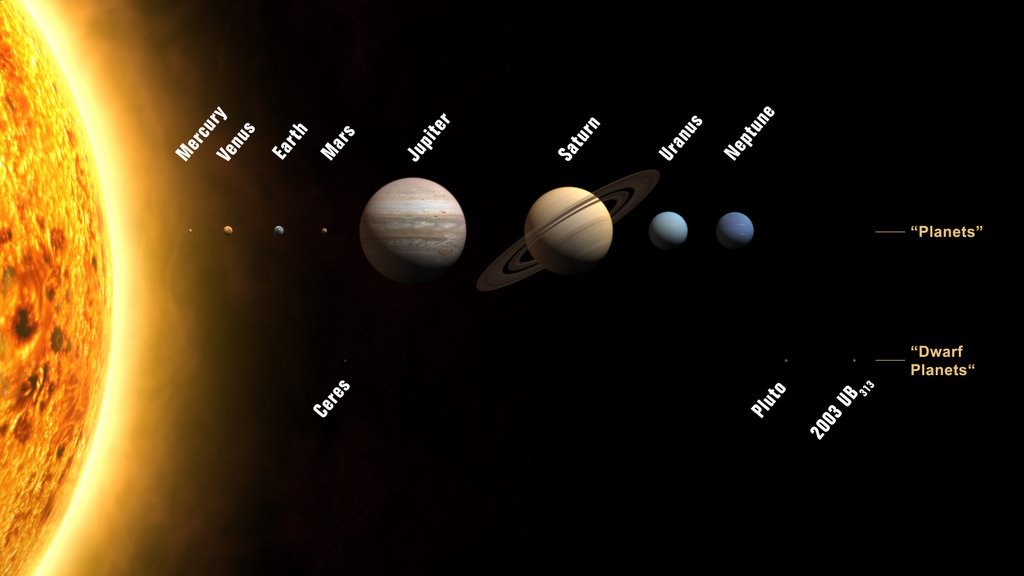Evidence of Astronomy has been found in most ancient cultures. The Egyptians, the Babylonians, the Mesopotamians, the Chinese- and in the New World- the Mayans, the Aztecs and the Anasazi all tracked the movement of stars across the heavens. Astronomy has always been a practical endeavor arising from a fundamental need to anticipate the seasons. Astronomy’s utility didn’t stop there, however. Interpreting the motion of the stars also helped the traveler in ancient and not so ancient societies- particularly those hunting far from familiar landscapes, journeying on long trading missions or sailing out at sea without landmarks. But, in each of these long ago civilizations, what became of the individuals who made the fundamental astronomical discoveries that future generations have taken for granted?
Continue reading “Astrophoto: Fleming’s Triangular Wisp by Steve Cannistra”

